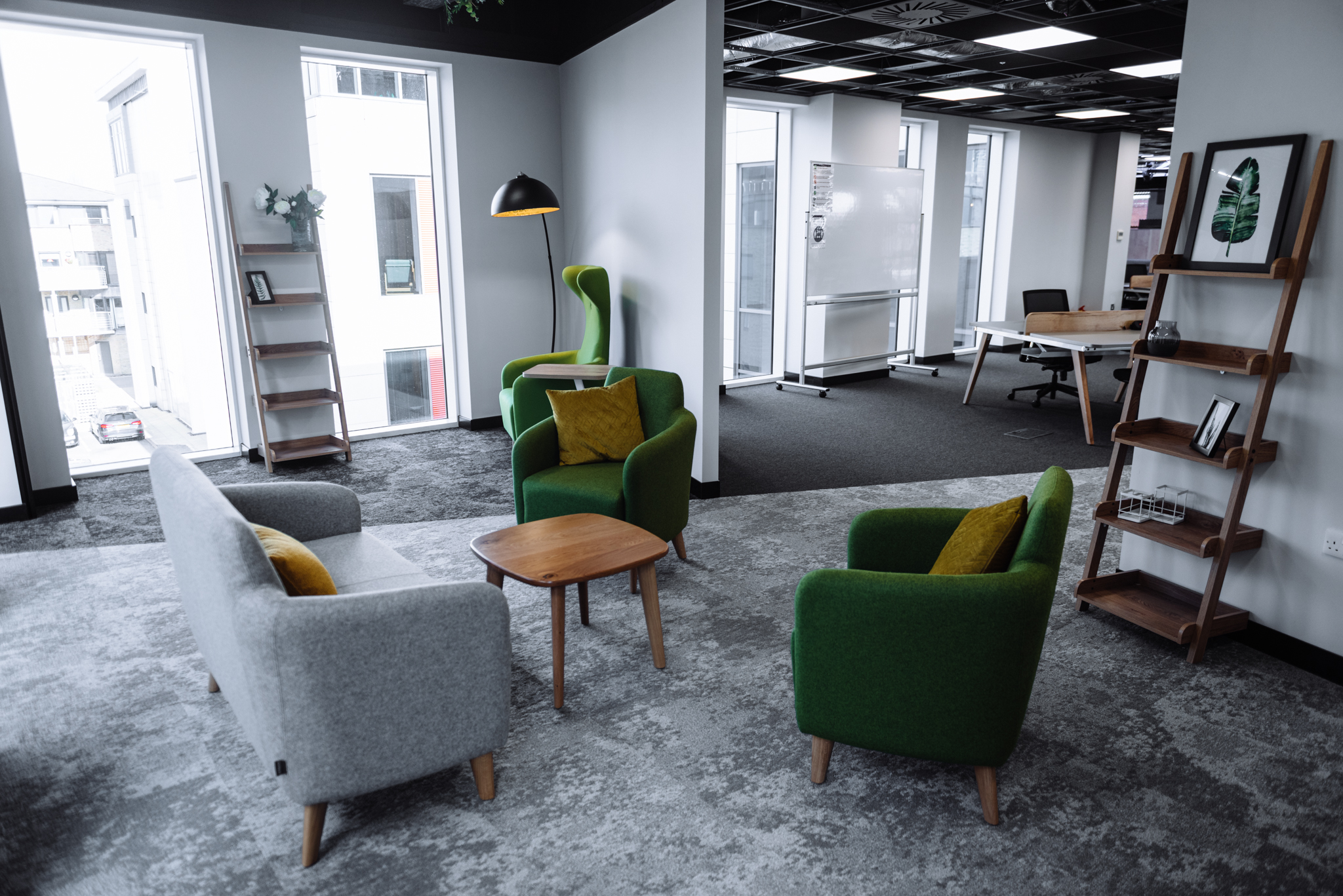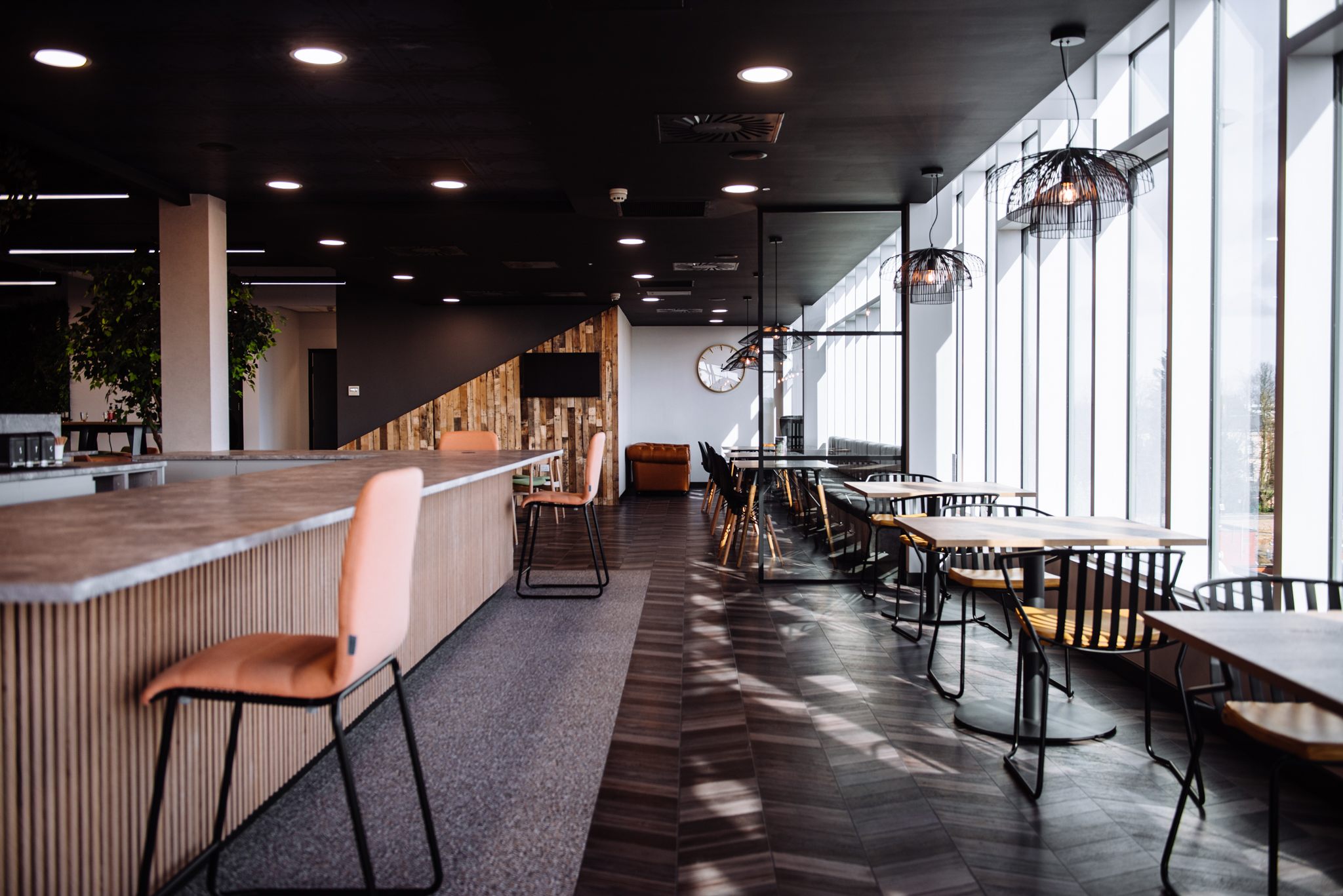Plenty of new lingo is being thrown around the workplace these days to celebrate evolving office cultures, new freedoms and responsibilities for employees, and create a genuinely more positive environment.
But how do you know what is ‘all talk’ and what is legitimate, positive change?
Activity-based working is one of the words currently bandied about, but what does it mean and what sort of logistical and cultural changes does it necessitate?
Activity-based working is when employees choose their employment setting to suit the task at hand. For example, an informal meeting might suit kitchen tables, or sofas in common space. Reading a complicated report might require a quiet nook or isolated space. Formal meetings might require meeting room tech solutions. Workers vary their setting dependent on the nature of the activity.
As well as varying their setting depending on the task, workers are free to vary their setting dependent on their mood or current needs. Allowing an employee with back pain to work standing, or someone who is suffering with a headache to snuggle up on the sofas in the quiet area, for example, can really cut down on presenteeism, allowing employees who are not feeling 100% to nevertheless feel comfortable working.
Activity-based working removes location ‘rules’ from the working environment, allowing the employee to ascertain the best working environment for their current needs – and enables them to prioritise the task at hand.

Activity-based working does turn your traditional office setup upside-down. Gone are the singular cubicles, and any sense of ‘shirking’ if people aren’t at their cubicle 9-5. A variety of environments need to be provided – but you’ll find that even the most basic office is probably providing one or two of these different environments, they just need a bit of thought. The kitchen area? Add some tables and chairs and this can be a social space, as well as a useful space for informal or noisy meetings. Unused client sofas? Open these up as areas for more relaxed working for staff, too. Changing your office to suit an activity-based environment need not be expensive, it just requires a little thought and planning.
The benefits of activity-based working for the employee are a sense of trust at work – the feeling that, wherever they choose to work, they are being trusted to get the job done. Period pain? Instead of hunching at a desk all afternoon trying to hide it, the employee can relocate to a sofa and crack on with work. Broken boiler? Work from home. These are all statements of trust from an employer – that the employee is trusted to work, and get the job done, from the environment that suits them best. It also allows the employee to choose the work space most conducive to comfort, working and practicality. Since all of us are different, there is never a ‘one size fits all’ perfect cubicle-based office space, so allowing different environments automatically caters more proficiently for different employees’ needs.
Activity-based working massively benefits the employer, too. Besides increasing productivity in staff members by creating a happier, healthier work environment, this work method untethers employees from a desk. That means more employees can be hired than in a traditional ‘desk-bound’ office space, so you can grow more flexibly, without the constraints of desk provision.
Employers sometimes assume that you’ll need 6 different iterations of workspaces, each with enough space for their total number of employees. Of course, that would necessitate a huge amount of space and new kit which would largely be redundant. This isn’t how you go about planning for activity-based working. There are five basic ‘zones’ to an activity-based workplace:

It is easy enough to demarcate these zones using just furniture, lighting and design. The ambience to each area should support the work staff will be doing there, for example the kitchen should be lively, with a background noise, bright natural lighting, the smell of fresh coffee – everything to invigorate and inspire. The low sofa area, meanwhile, should be comfortable, using lower lighting levels, and a quieter atmosphere, to encourage comfort and concentration.
The first step? Changing the desk-bound culture. Activity-based working environments cannot allow for individual desks (unless you are a company with an awful lot of space and spare budget). Instead, provide desktop computers in several locations or individual laptops. This necessitates a tech investment – every employee needs their own mouse and keyboard (in COVID times this makes sense), or their own laptop. They also need their own private storage area, to keep their mouse and keyboard, and any personal belongings (think, a locker space). This enables desk spaces to be completely clear, easy to clean and not personalised to any particular staff member.
Imagine your company has 20 staff members. You are instigating a move towards activity-based working. Once you’ve ensured your tech provision and rearranged furniture, this is how employing 20 staff might look:
You can see that suddenly there is a much greater flexibility to your space – and that 20 cubicle desks would be completely redundant. You can also see that redesigning for activity-based working needn’t necessitate a huge investment in specialist kit – you can simply work with the office furniture and areas you already have to begin with.
If you are considering redesigning your office as an activity-based work environment, download our white paper on agile working here, to read about activity-based working and agile in more depth. If we can help you redesign your space, get in touch with us today to get the ball rolling.